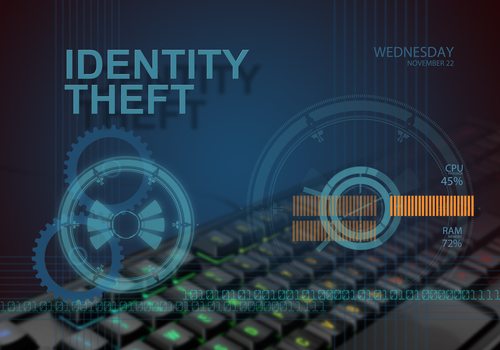Identity fraud remains a key threat and the number of cases recorded grew by 22% in 2021, accounting for 63% of all types of online fraud cases recorded to the National Fraud Database. If the rate and effectiveness of identity-based fraud attacks in past years are an indicator, the year ahead will likely be a record-breaker, and not in a good way. This is because new ways of working and operating online, as well as ongoing uncertainty around the UK economy and the rise in the cost of living, will almost certainly provide the perfect opportunity for fraudsters.
To combat this, the UK government recently revealed its plans to introduce digital identities to help tackle the “record high” levels of fraud in the UK. It’s clear this is a serious commitment too, with further guidance being provided around how digital identity providers can become certified to complete digital identity checks for processes like Right to Work, Right to Rent and DBS schemes.
But it’s not just the government calling for this level of assurance — consumers are too. According to our recent global survey, over three-quarters of UK consumers (78%) think it’s important to use a digital identity to prove who they say they are when engaging with financial services online in particular. This points to a world where digital identity technologies are becoming more commonplace – and while broad in remit, there is a clear use case for them when it comes to verification methods and online fraud prevention.
How digital identities and identity verification intersect
While many of us will be accustomed to showing our passports to go through security at airports or using our driver’s licenses to verify our age at bars, providing this proof of ourselves isn’t quite so simple in a digital world. In the absence of that in-person verification, the process gets tricky. Fundamentally, how can the person and the business on both sides of the interaction know that who they are dealing with is a genuine and trusted party?
Digital identities help to bridge this digital and physical identity gap. A digital identity is a reusable, digital proof of identity issued by a trusted authority with a known level of assurance. In simple terms, your digital identity is the compilation of information about you that exists in digital form — this can be everything from your date of birth to something you like on Facebook.
The basics of digital identity can easily be applied to identity verification, particularly at the account opening stage. In fact, 84% of UK consumers think it’s important to accurately verify their identity online when opening a financial services account, with 60% saying the same for opening a healthcare account and 32% agreeing this is required when opening a gaming / gambling account.
In this scenario, organisations can compare a user’s selfie to a photo taken of a government-issued ID, like a driver’s licence or passport. This adds a critical layer of protection against stolen IDs and impersonation attacks as it enables organisations to accurately verify whether the ID document truly belongs to the person making the transaction, while also maintaining compliance with AML and KYC, and building trust in their online ecosystems. By layering over liveness detection, this process can circumvent the most advanced spoofing attempts. For further assurance, this form of verification happens digitally in real time, so the actual person is communicating with the organisation and following instructions as they’re issued.
It’s clear that this is something that consumers are valuing too. Our research showed that UK adults were more likely to engage with certain organisations if they had robust identity verification measures in place like this. For example, nearly three in five (57%) would be more likely to engage with a financial services organisation online and a similar proportion (51%) would be more likely to engage with healthcare services.
Speed and ease at the core
Going one step further, modern enterprises may wish to consider implementing an independent app that utilises biometrics for easy two-factor authentication. This will ensure that users will always have access to their accounts, even if they lose or switch their device. What’s more, by combining biometric technologies with digital identity verification, the need for human intervention is eliminated, in turn reducing costs, providing an entirely self-service user journey and a fast, accessible and efficient experience. This factor is crucial as nearly a quarter (23%) of UK adults report having abandoned signing up for an online account because the process was too complicated.
With the government now looking to digital identity to protect consumers against fraud, and with consumers themselves open to embracing this technique, now is the perfect moment to act accordingly. Implementing a digital-first identity verification solution fit for a digital-first world doesn’t just make sense, but it’s crucial for operating in today’s online ecosystem.
The opinions expressed in this post belongs to the individual contributors and do not necessarily reflect the views of Information Security Buzz.



